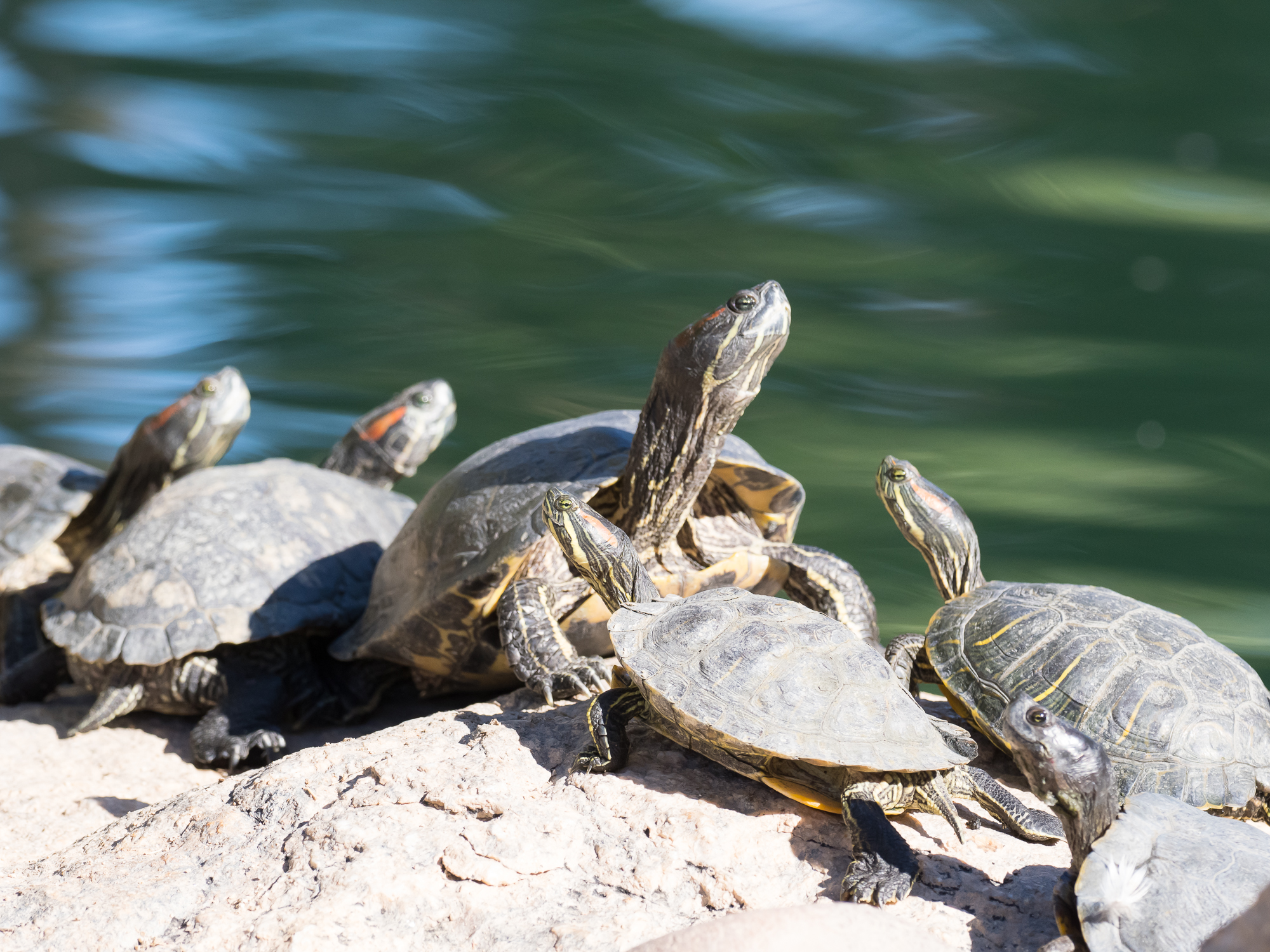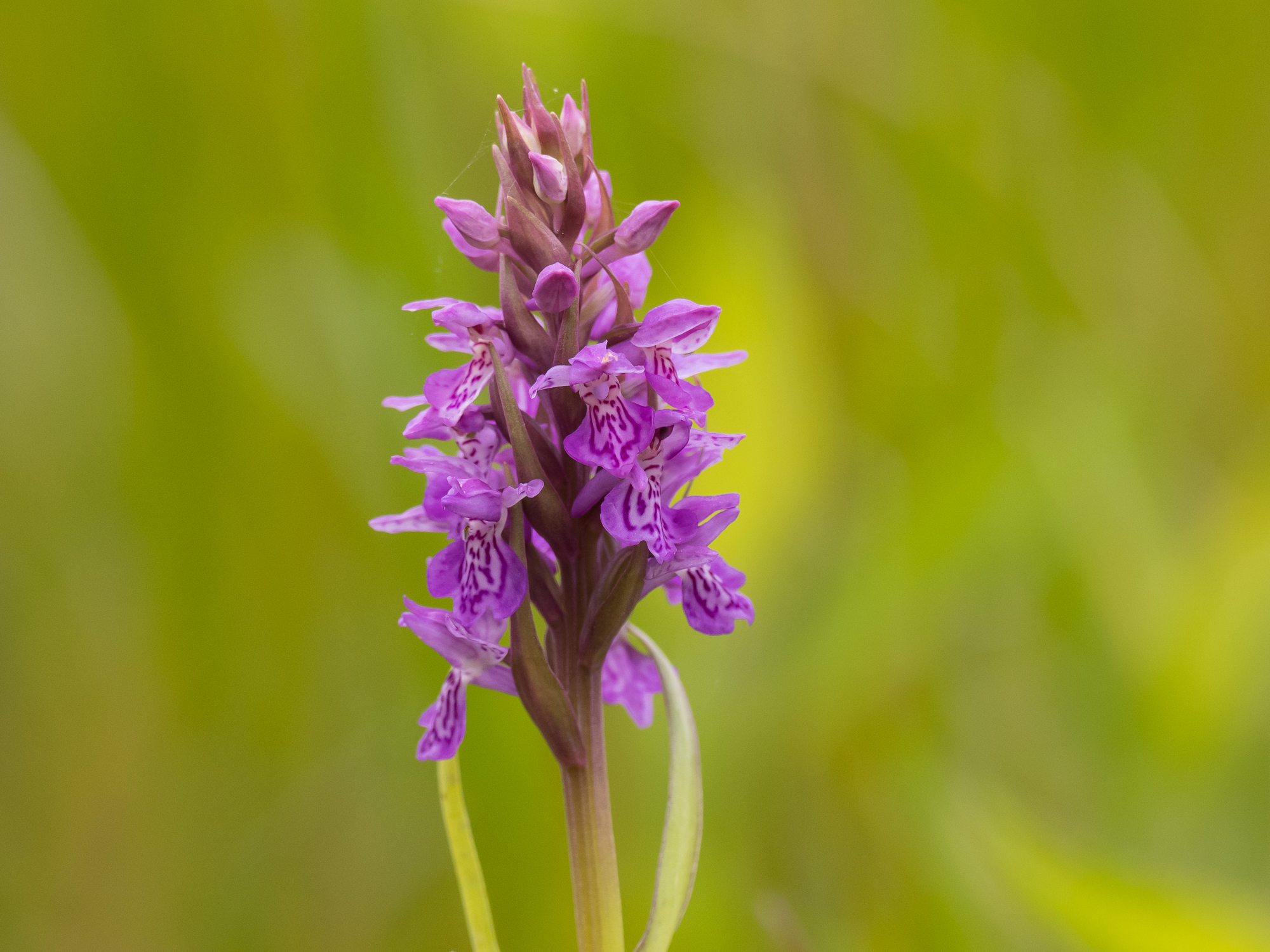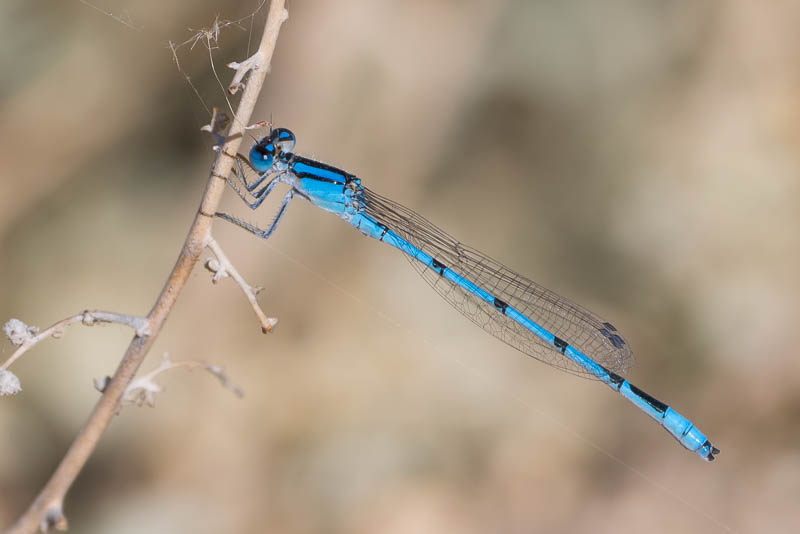Over 10 years ago I started a bird photo website, with the photos I had taken. From then 300 different species, I now have over 1000 species. I also added dragonflies and butterflies in 2016, and now I can add all types. Of course there are sites that have many more photos, this is just for my entertainment.
This part of the site contains part of my collection of photos. The site is created more or less automatically based on my collection sorted by type. It is all still under construction, not all links work, photos are sometimes duplicated, almost none of the photos have a caption. But I'm having fun.
Of all life, it is mainly animals, plants and fungi that can be photographed when you are out and about. Those are three "Kingdoms" that are best known. They are below.






